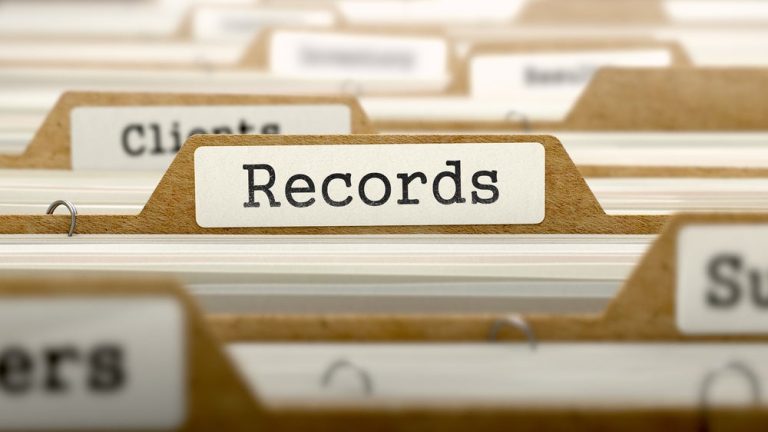The Securities and Exchange Commission (SEC) might have a reputation for doling out large fines and administering lengthy compliance audits, but it’s important to keep in mind the overall goal of this regulatory committee: protecting both clients and advisers. In essence, compliance regulations enable your firm to operate to the best of its ability.
That’s why regular Risk Alerts and other warnings from the SEC are so valuable – they keep firms aware of common compliance deficiencies, giving you a chance to double-check your processes and fix any errors before they grow into larger problems.
But what is the right course of action after you learn of a common SEC compliance deficiency? Do you bookmark the tab and hope you’ll remember to take a look again later? Do you stop everything you’re doing for an immediate internal audit?
To help you make sense of SEC oversight, we’re bringing you a new series covering common SEC deficiencies, including what’s been on the SEC’s radar as of late, how RIAs often fall short and what you can do to recognize and remedy any errors.
First up in the series: We’re taking a closer look at the SEC Books and Records Rule – let’s get started.
What is the SEC Books and Records Rule?
Before we delve into the common pitfalls that RIAs encounter, let’s first look at the significance of the SEC Books and Records Rule.
As an adviser, you’re likely handling a large amount of sensitive documents each day. Your clients count on you to maintain these documents in a confidential, organized way.
SEC Rule 204-2, also known as the SEC Books and Records Rule, outlines extensive requirements for such advisor bookkeeping, including:
- “A journal or journals, including cash receipts and disbursements, records, and any other records of original entry forming the basis of entries in any ledger.
- General and auxiliary ledgers (or other comparable records) reflecting asset, liability, reserve, capital, income and expense accounts.
- All checkbooks, bank statements, canceled checks and cash reconciliations of the investment adviser.
- All bills or statements (or copies thereof), paid or unpaid, relating to the business of the investment adviser as such.
- All trial balances, financial statements, and internal audit working papers relating to the business of such investment advisor.”
Related: Books and Records Requirements – What an RIA Needs to Know
The idea is that you can easily trace and retrieve information and original documents at any time. Even if one of your advisers leaves your practice, five years pass and you change CRM systems twice – you should still be able to find information easily.
So where do advisers go wrong?
Even though the idea of documentation is quite straightforward, in practice it can be difficult, especially when you have a large number of staff, a lengthy book of clients and a never-ending carousel of data moving throughout your firm.
The SEC has even pointed out that Books and Records deficiencies are one of the most common. Namely, that affected RIAs are not maintaining all required records. They write:
“The staff observed that certain advisers may not have maintained all the books and records required by the Books and Records Rule, such as trade records, advisory agreements and general ledgers.”
Furthermore, the documents that are maintained are often inaccurate or out of date, including incorrect fees schedules and incomplete client lists.
Lastly, the SEC reports inconsistency as another main concern, citing that one set of documents may have different information than a separate set of the same records.
How to comply with the SEC Books and Records Rule
If any of the above deficits resonated with your firm or raised alarm bells in your head, it’s important to take action sooner rather than later. Here are three steps to get you started:
1. Prioritize comprehension
You can’t succeed at maintaining proper books and records if you’re not deeply familiar with the requirements involved. Set aside time for your Chief Compliance Officer (CCO) to study the SEC’s Books and Records Rule. It’s also a good idea to schedule employee training, so each member of your staff knows how, when and why they should save documents.
2. Conduct an internal documentation audit
Next, set aside time to go through your current documentation process. Find out which areas, if any, your current system is lacking, and create a plan to get back on track.
3. Implement regular checks to ensure documents are updated appropriately
Once you have all your staff up to speed and your documentation methods nailed down, it may feel like it’s time for business to return to usual. However, compliance with the SEC’s Books and Records Rule is not a one-time problem to solve. Rather, it’s an ongoing process that requires constant training and checks.
Grab some time on your team’s calendar at least once per quarter for a quick check in – have any new documentation processes been carried out successfully? Where are there areas for improvement? This proactive mindset will keep you out of regulatory trouble and on the right track for compliance.
Related: Meeting Regulatory Requirements –How to Demonstrate Supervision & Evidence Books & Records
Complying with the SEC Books and Records Rule is an important part of maintaining healthy compliance for your firm. By recognizing key deficiencies and addressing them with the above steps, you’re on your way to better RIA bookkeeping.
Create a culture of compliance
RIA in a Box offers comprehensive compliance solutions for RIAs of all sizes. Click here to learn more about our software solutions or request a free demo today.
